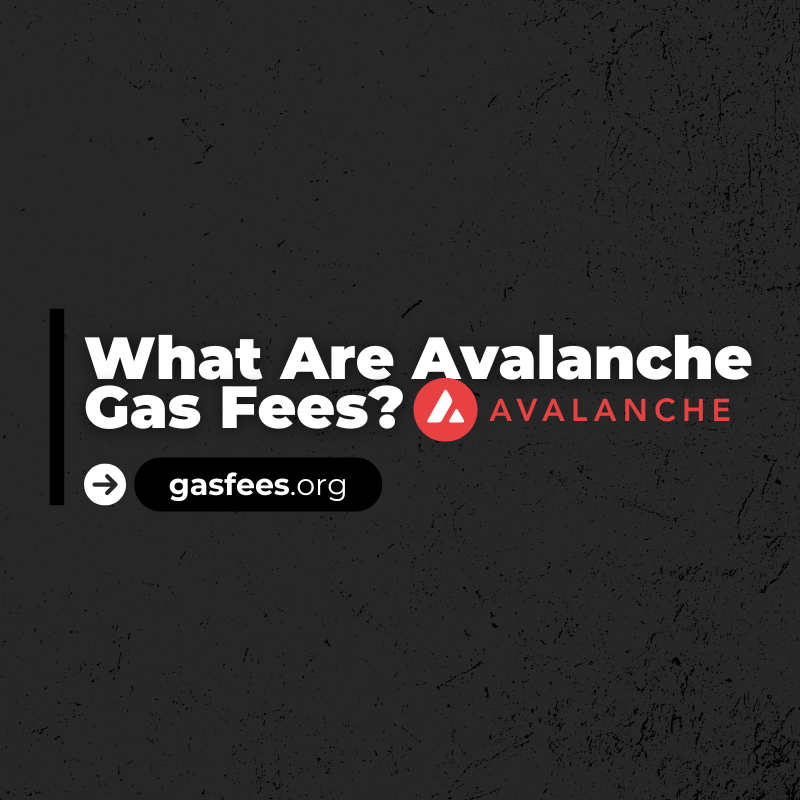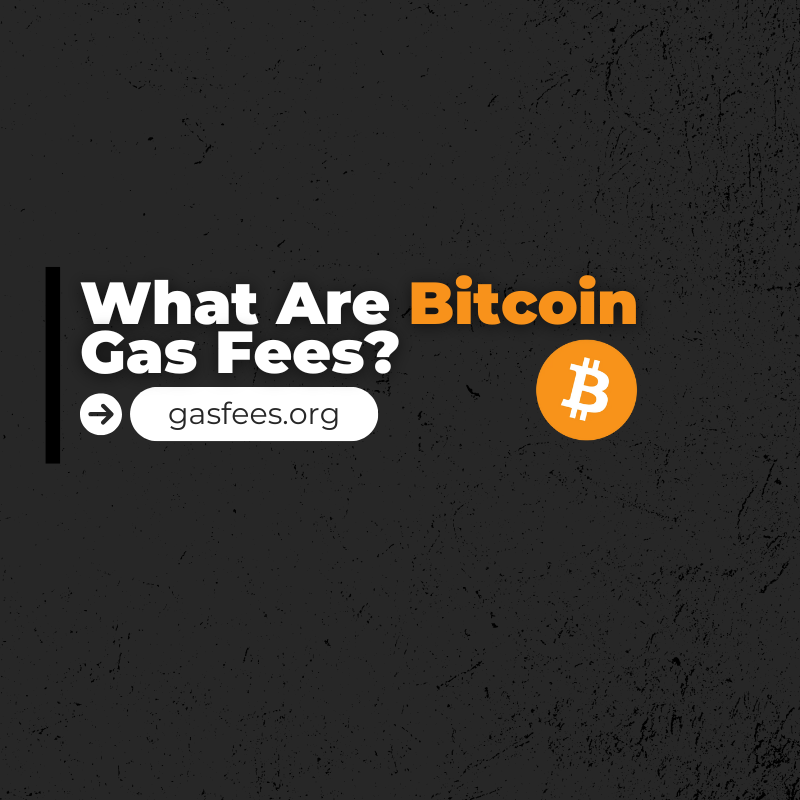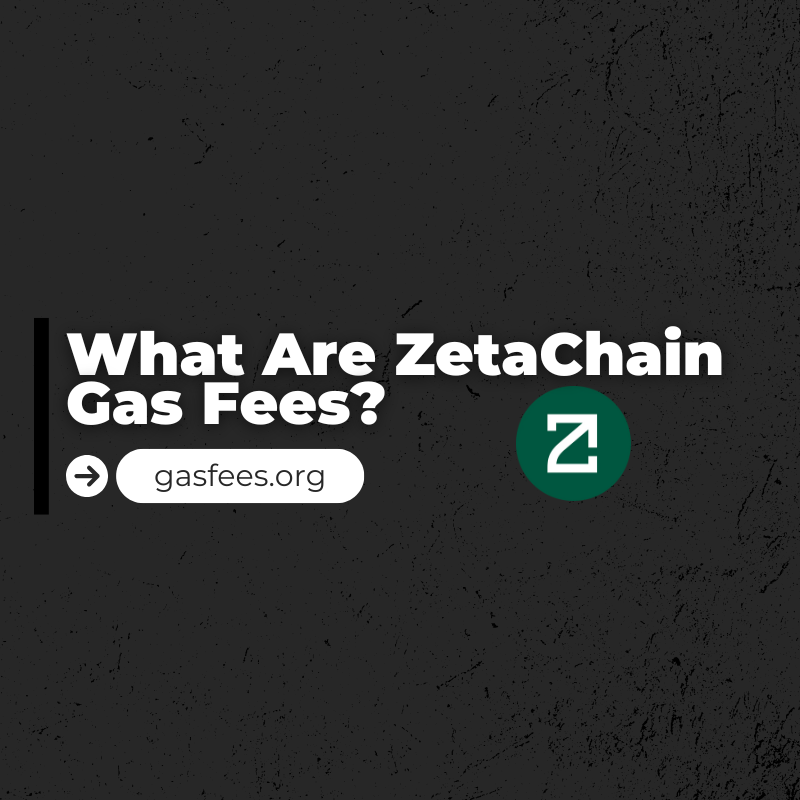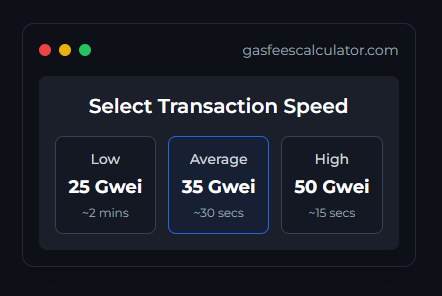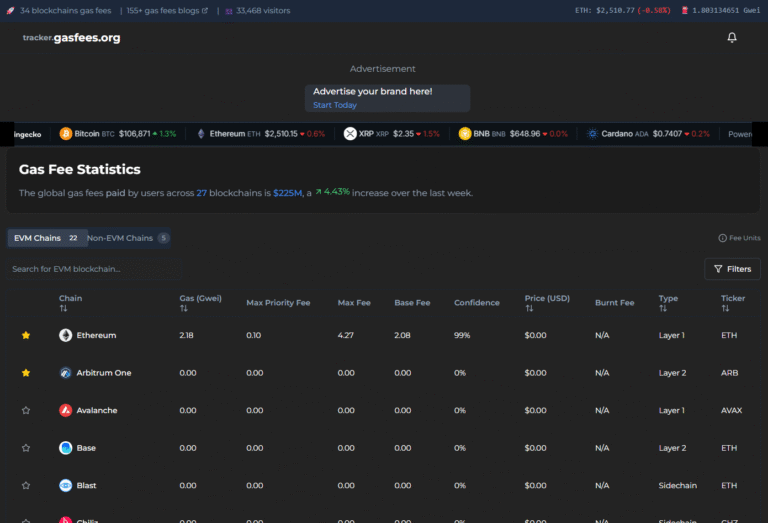
What Are Energi Gas Fees?
Written By: Mr. GasMan
Energi Gas Fees: Everything You Need to Know
Imagine you’re driving on a busy highway, and toll booths keep traffic moving smoothly by collecting small payments. Gas fees on the Energi network work similarly—they’re the fuel that powers the blockchain. Let’s break it down so you can better understand and navigate these fees.
What Are Energi Gas Fees?
Energi gas fees are small payments made to process transactions on the network. These fees go to miners or validators, who ensure the blockchain is secure by validating transactions. Gas fees are essential for maintaining the decentralized and secure nature of Energi.
Why Do Gas Fees Exist?
Blockchain operations require significant computing power. Miners use this power to validate transactions and secure the network. Gas fees reward miners for their work and cover the energy and resources they consume.
How Much Do Energi Gas Fees Cost?
Gas fees depend on three key factors:
- Network Congestion: Like rush hour traffic, fees increase during busy periods.
- Transaction Complexity: Simpler transactions cost less, while complex ones (like smart contracts) cost more.
- GRC Price Volatility: Lower GRC prices might lead to higher gas fees, as miners demand more rewards to offset costs.
Tips to Save on Energi Gas Fees
- Time Transactions Strategically: Avoid peak periods. Weekends and evenings are often less congested.
- Use Gas Estimation Tools: Platforms like Energi Explorer or Gas Tracker help predict fees.
- Make Smaller Transfers: Sending smaller amounts can reduce fees.
- Delegate for Staking: Earn passive income while supporting the network.
- Stay Updated: Keep track of Energi’s roadmap for scaling solutions, like sidechains and sharding.
How Energi Stands Out
Energi uses a dual-consensus mechanism—combining Proof-of-Work (PoW) for ETP and Proof-of-Stake (PoS) for GRC. This hybrid system enhances security and energy efficiency, often resulting in lower and more stable gas fees compared to many other blockchains.
The Future of Gas Fees on Energi
The Energi team is actively exploring scaling solutions like sidechains and sharding. These innovations aim to reduce congestion by adding more “lanes” to the network, ensuring transactions remain fast and affordable.
Resources for Further Learning
By understanding how gas fees work and keeping up with Energi’s advancements, you can maximize your experience within this innovative ecosystem.
Embrace the journey and enjoy the ride!
Share this blog:
